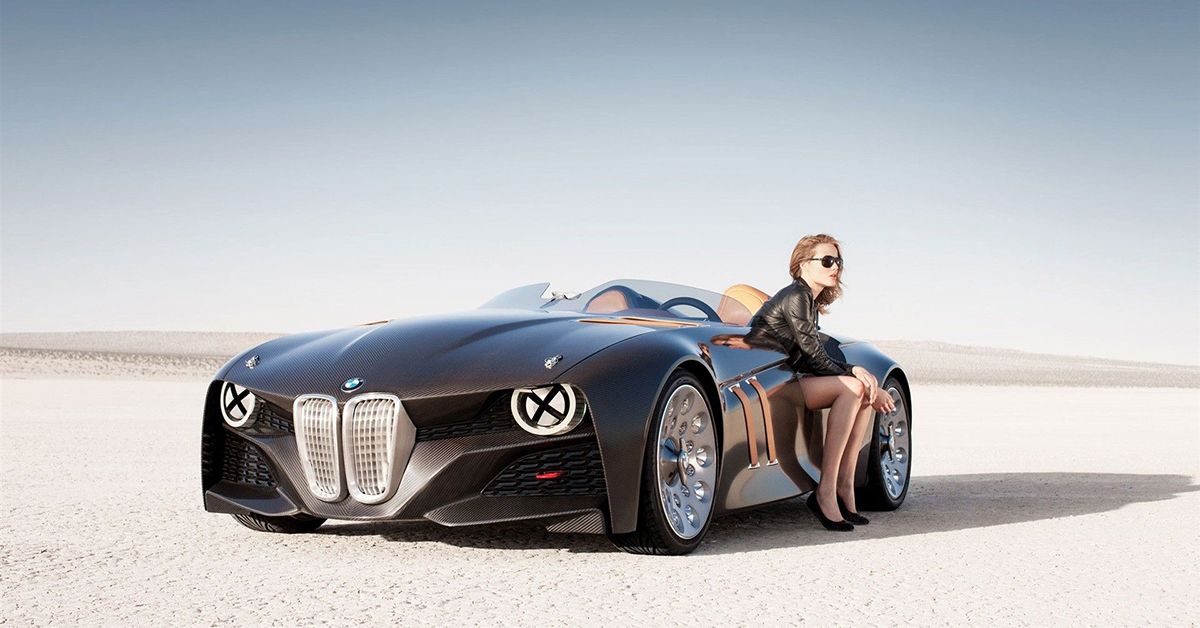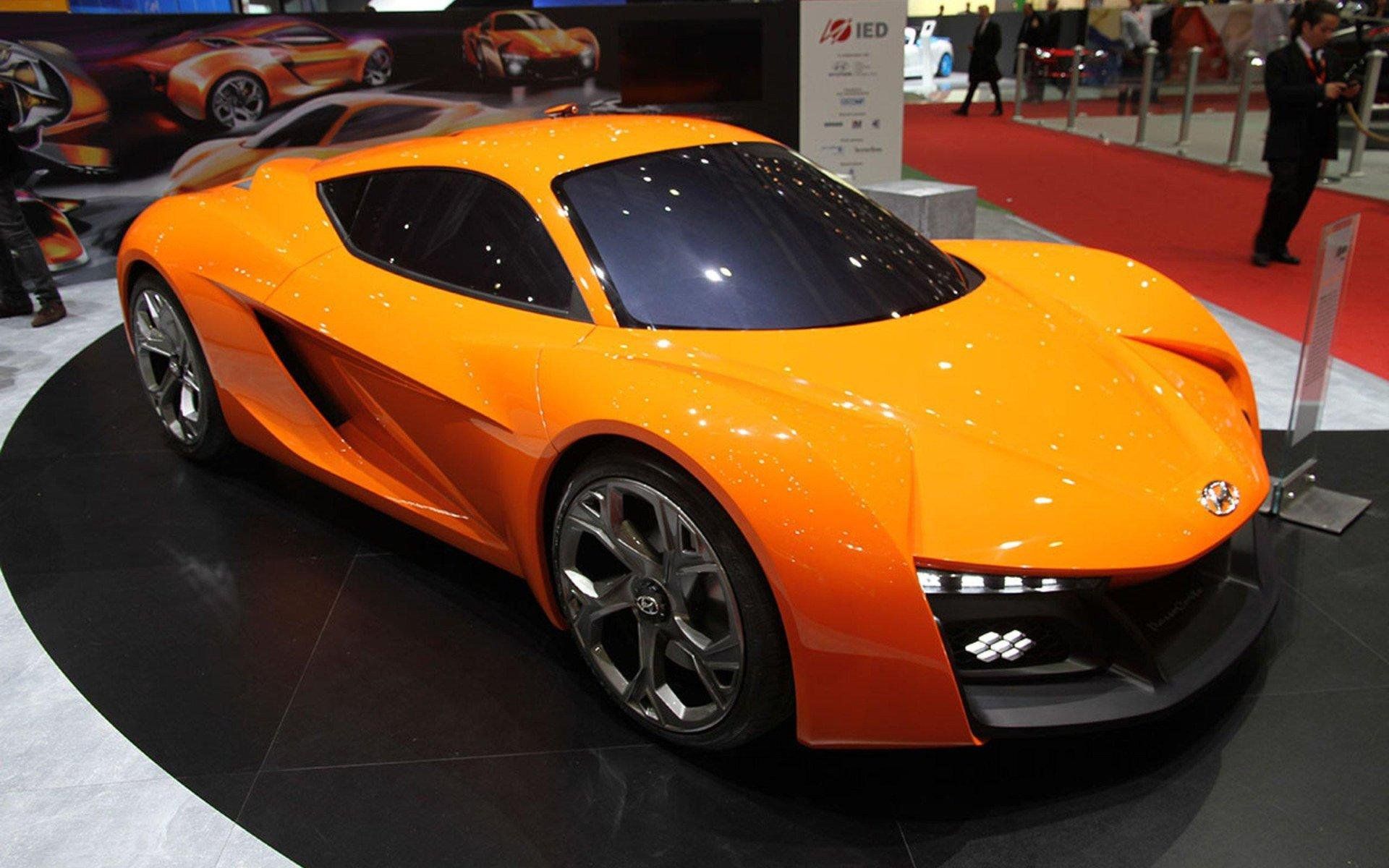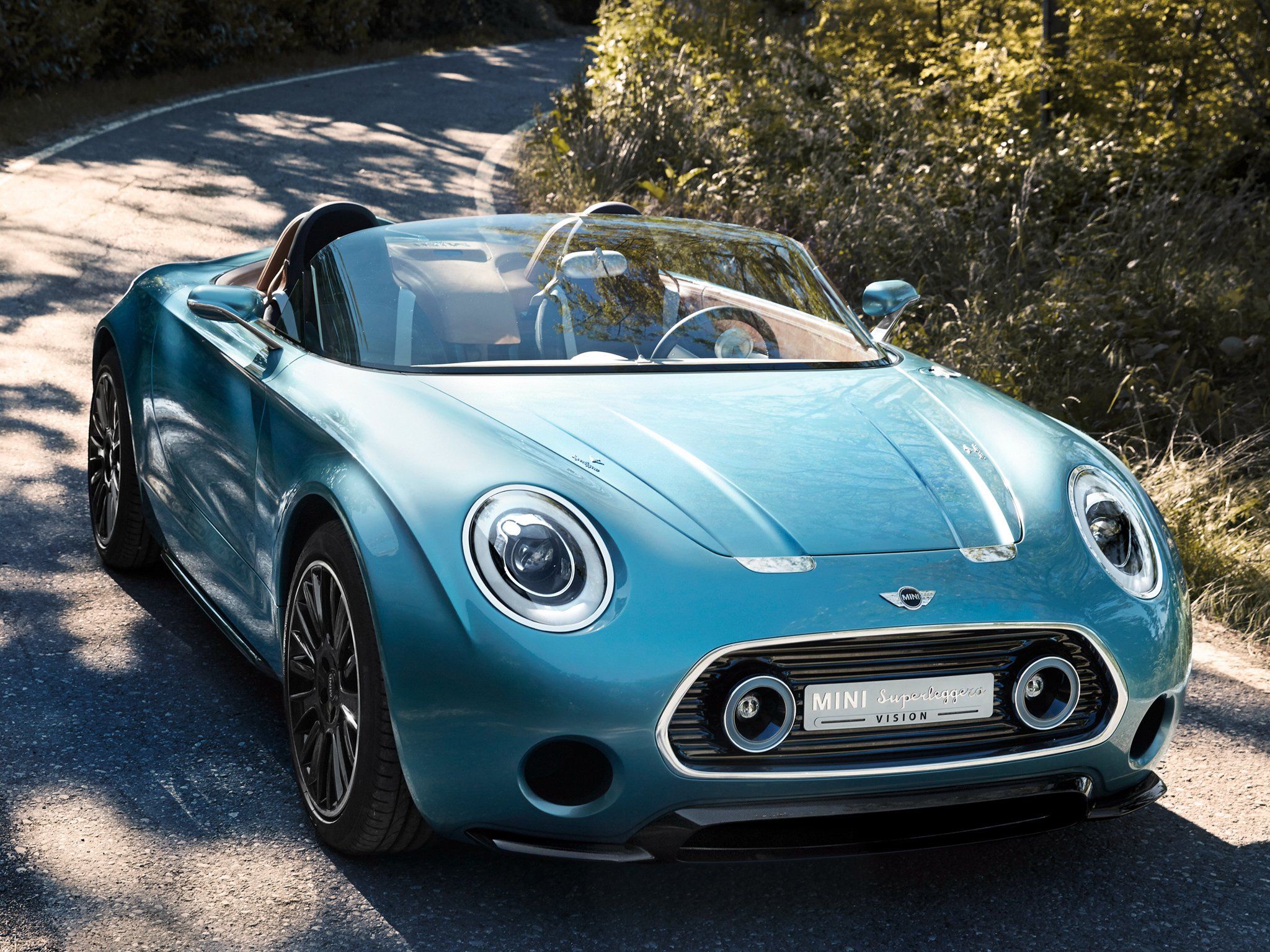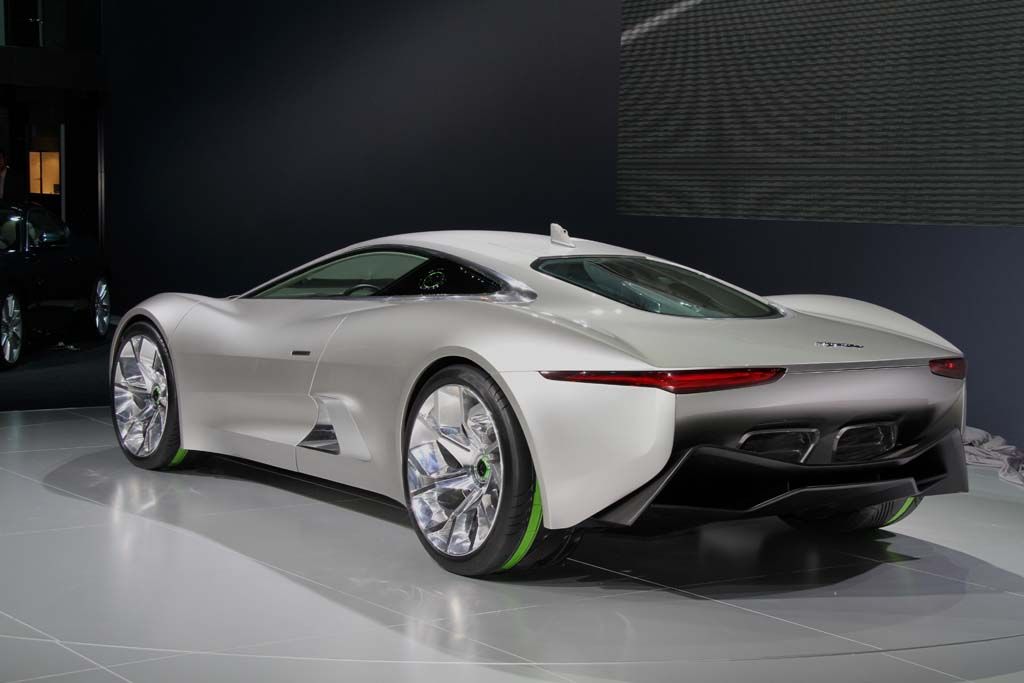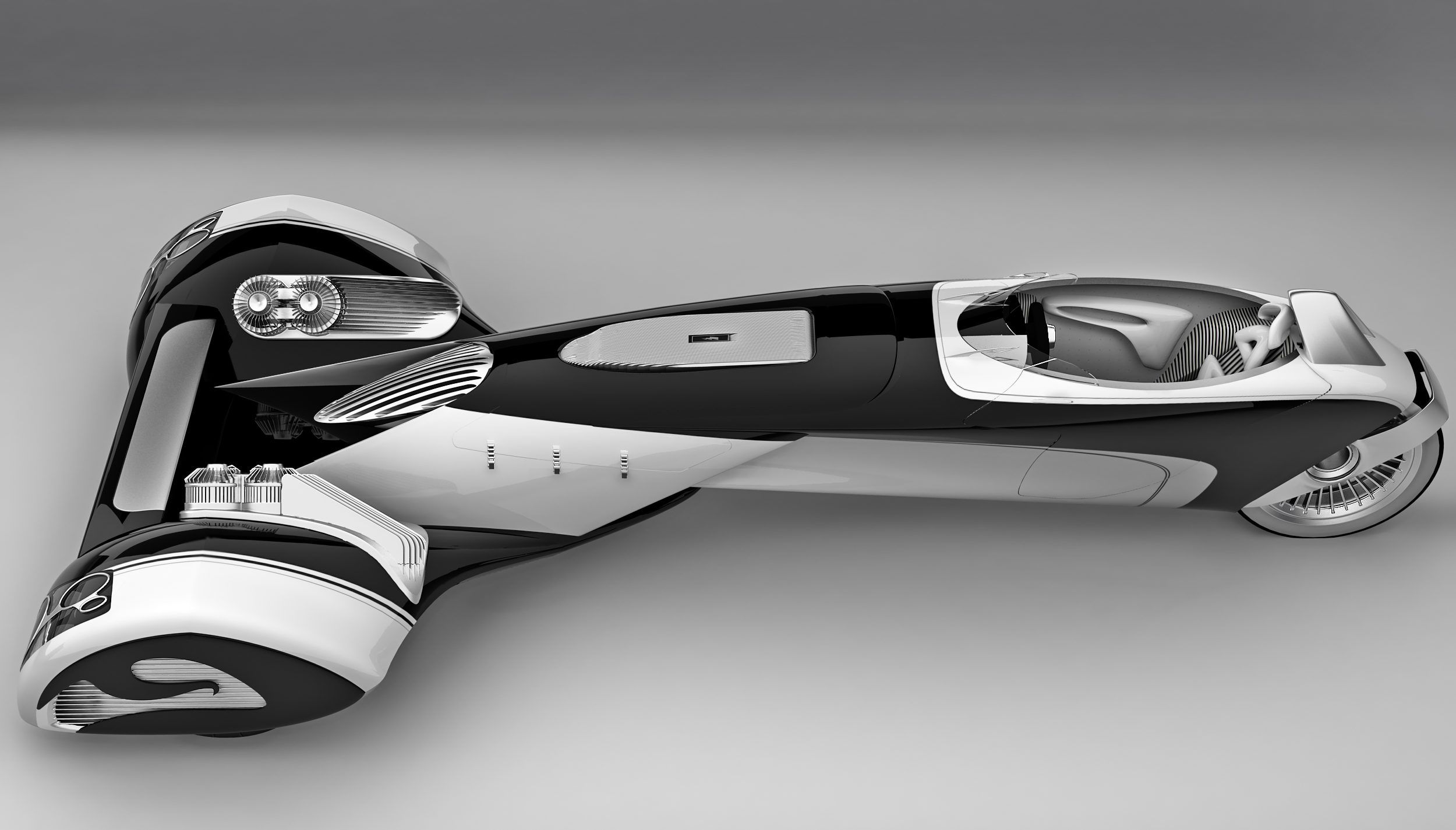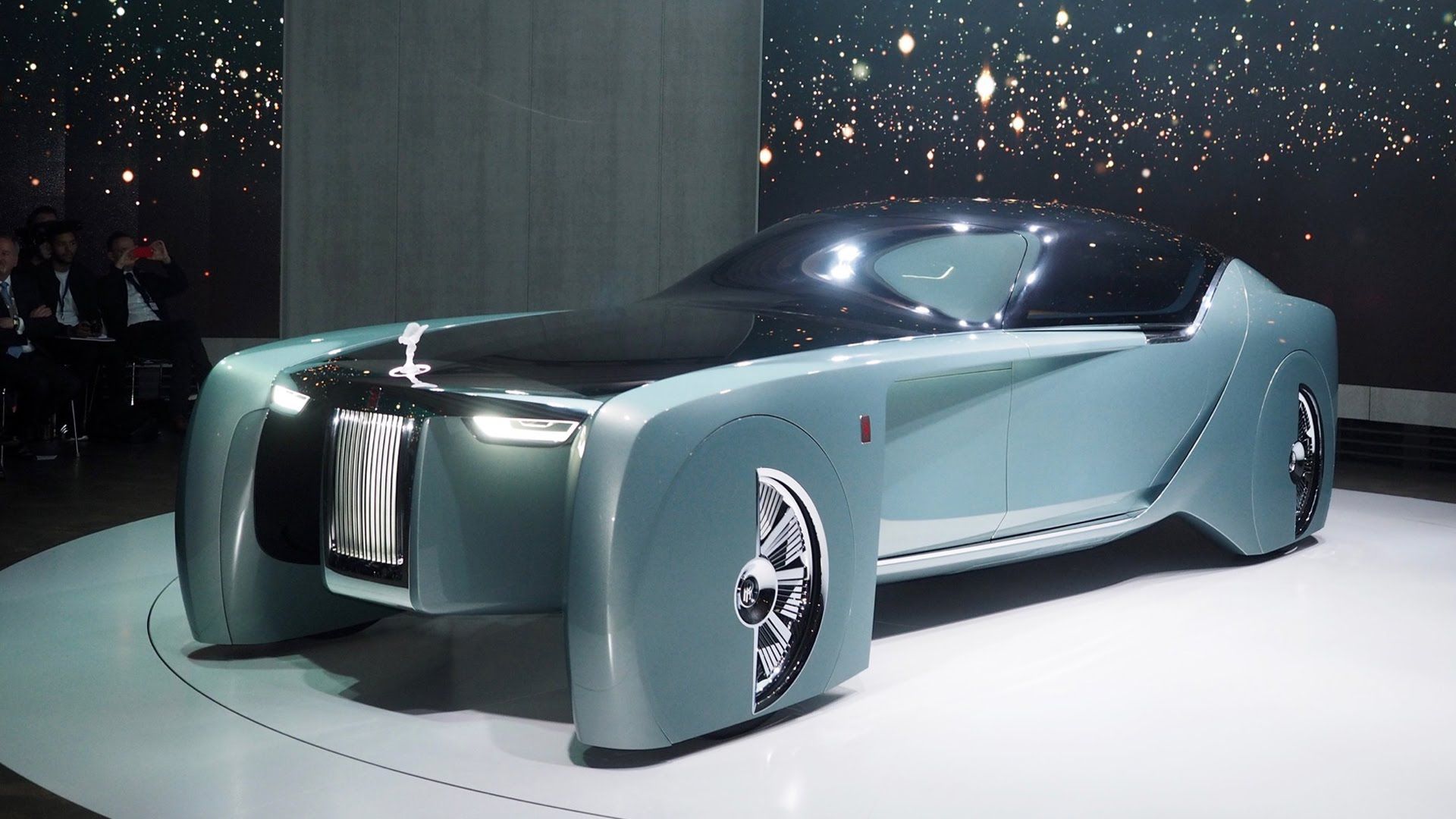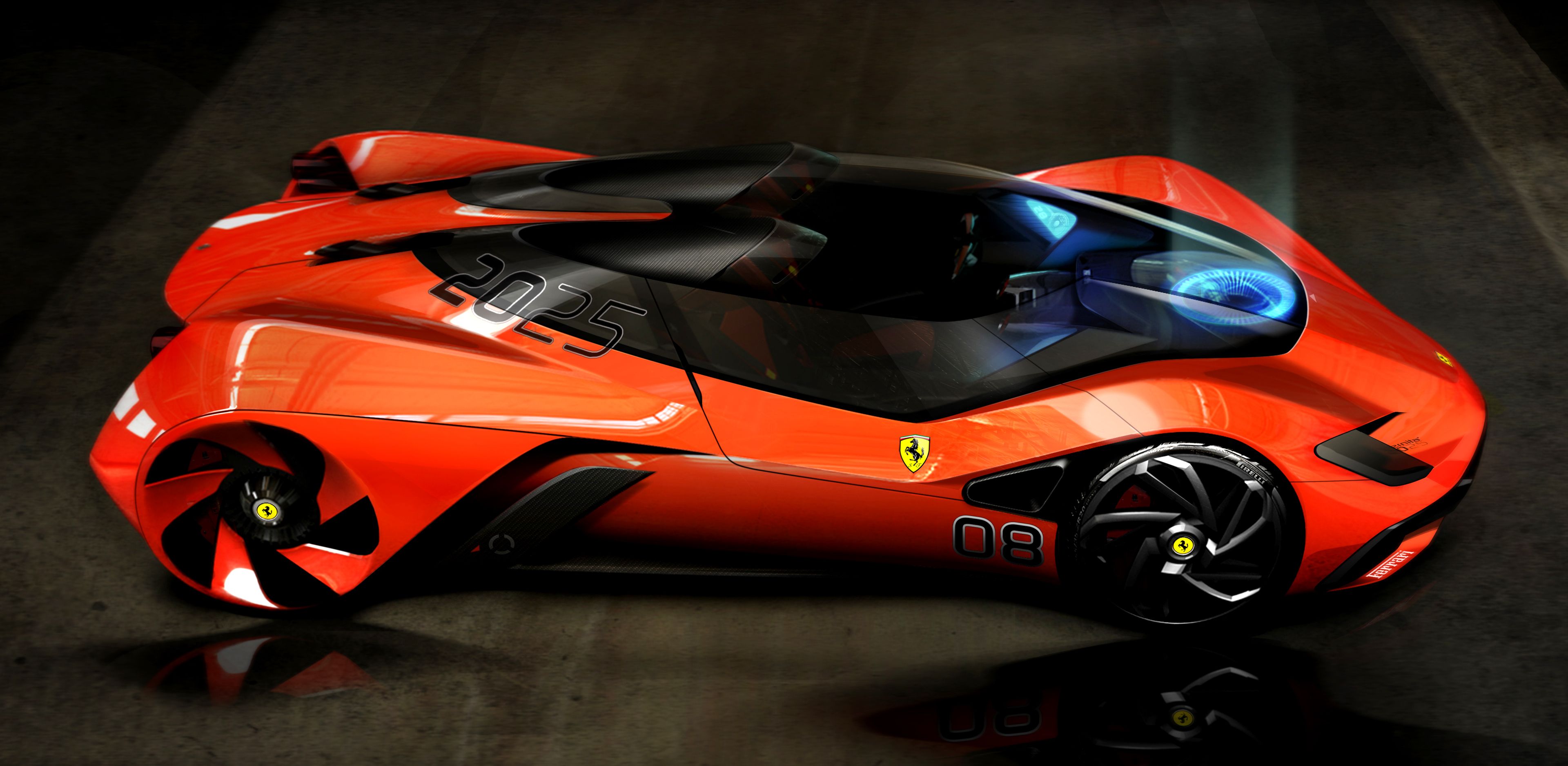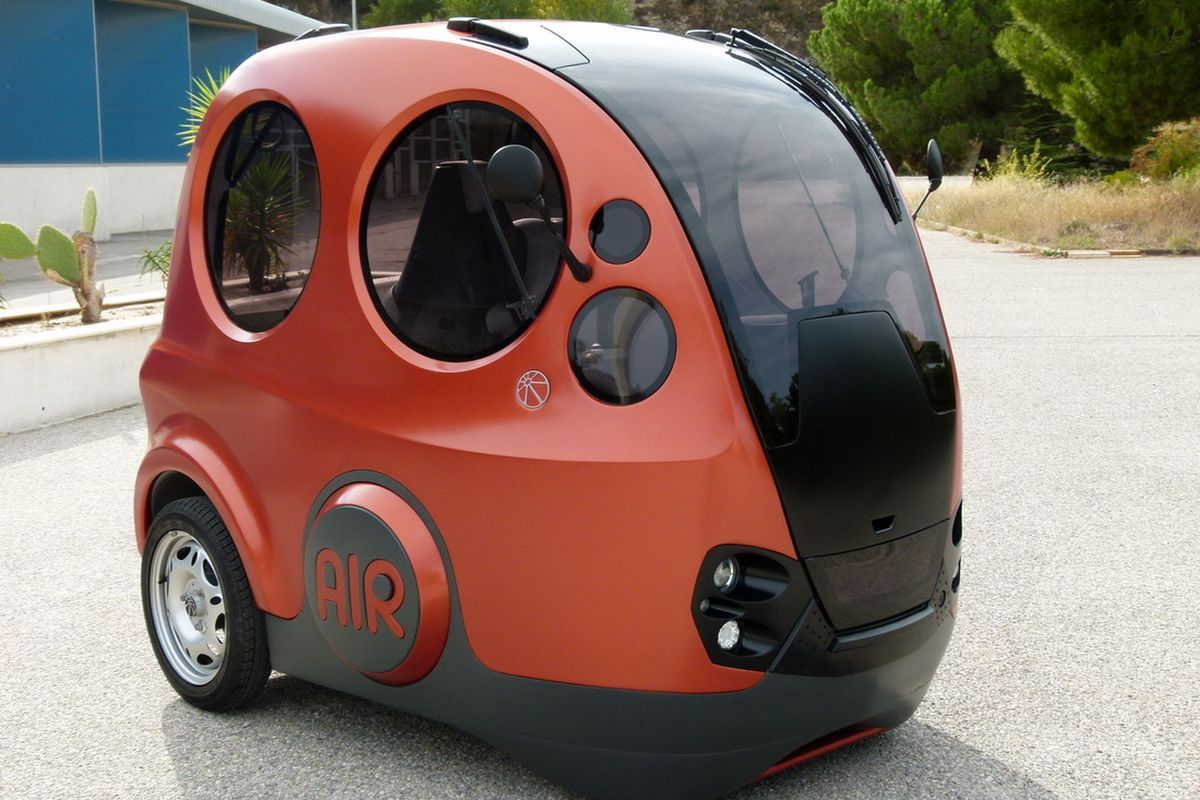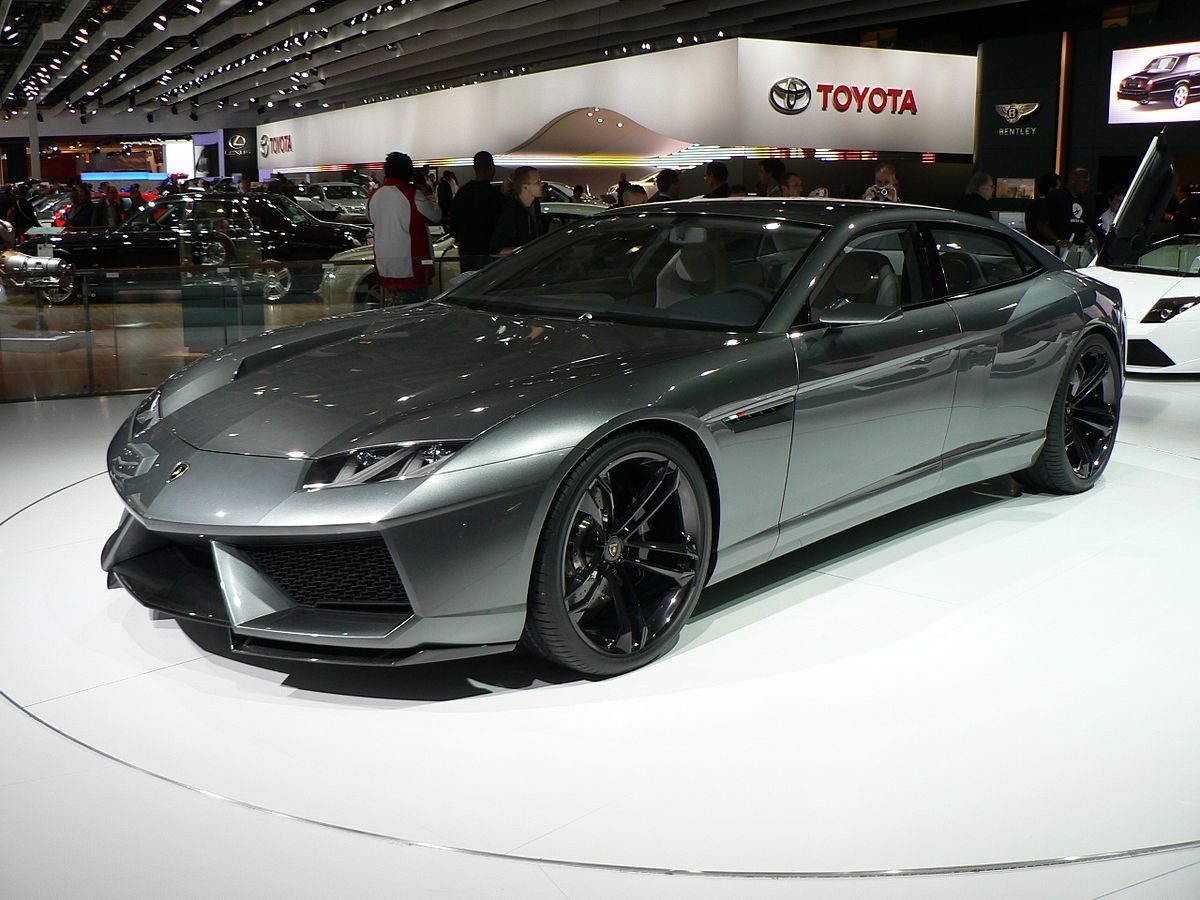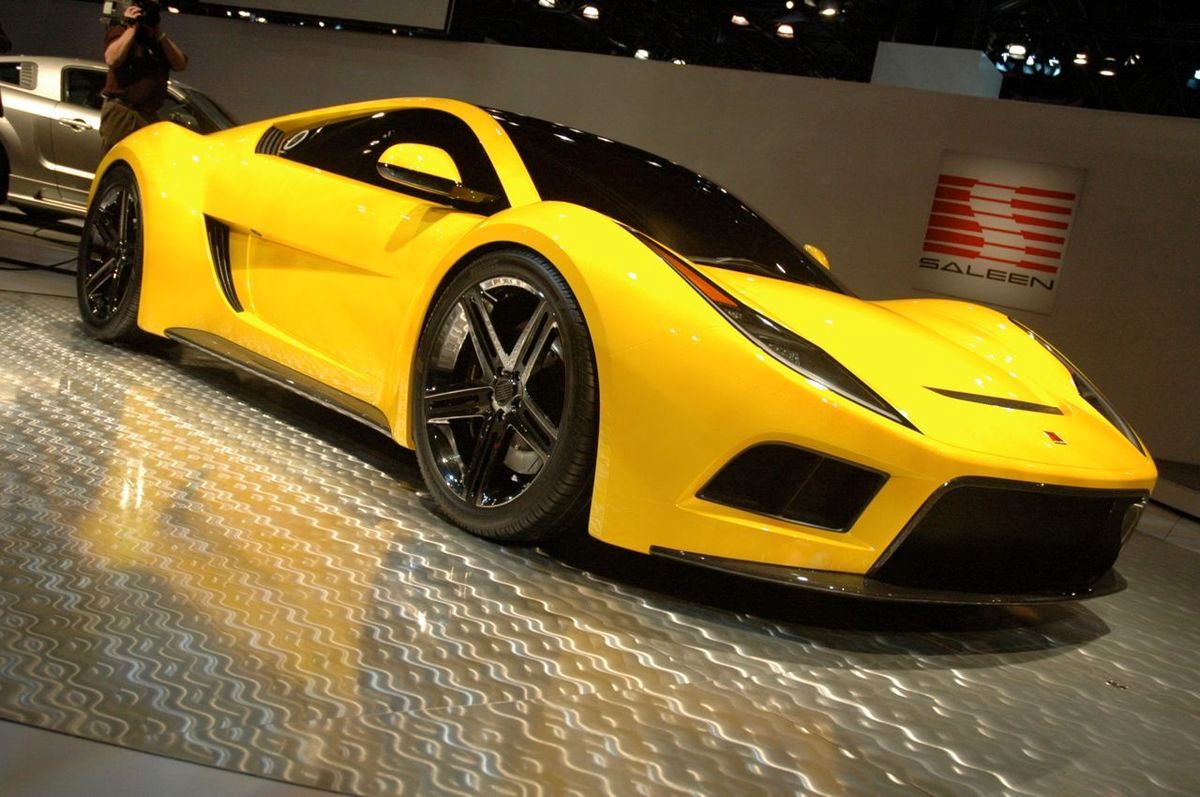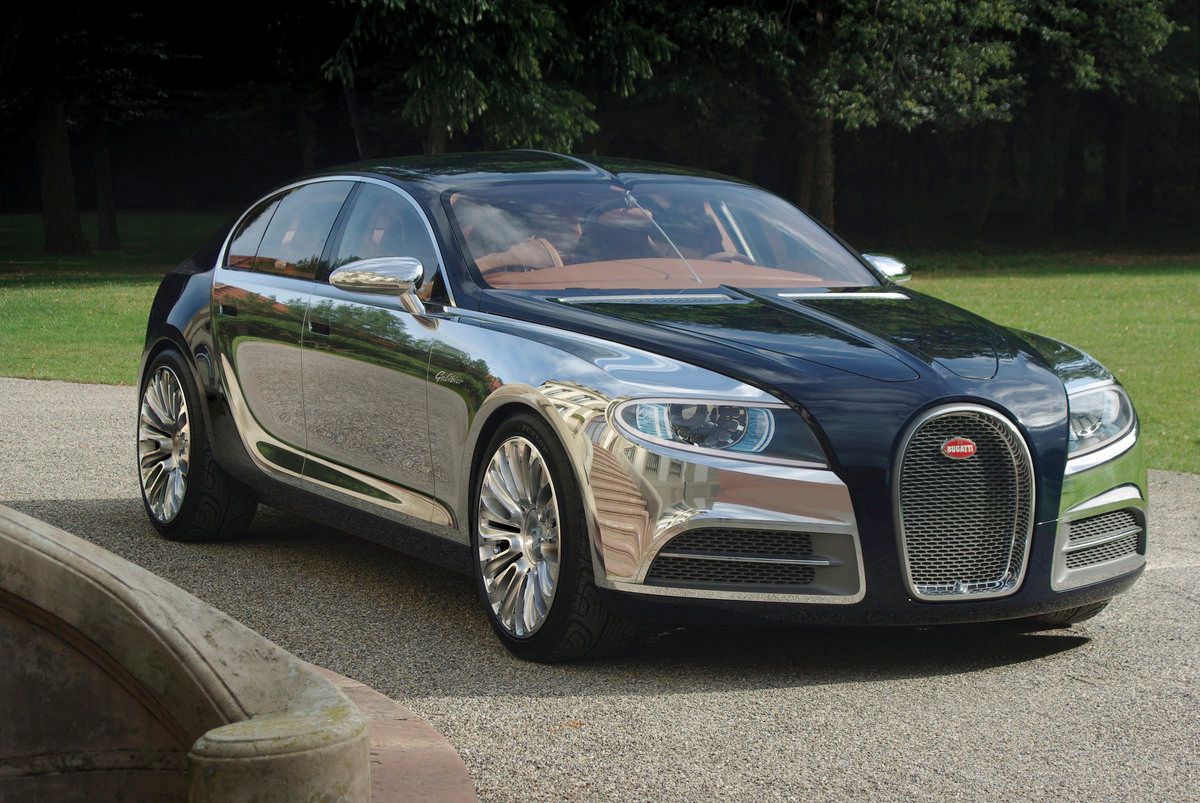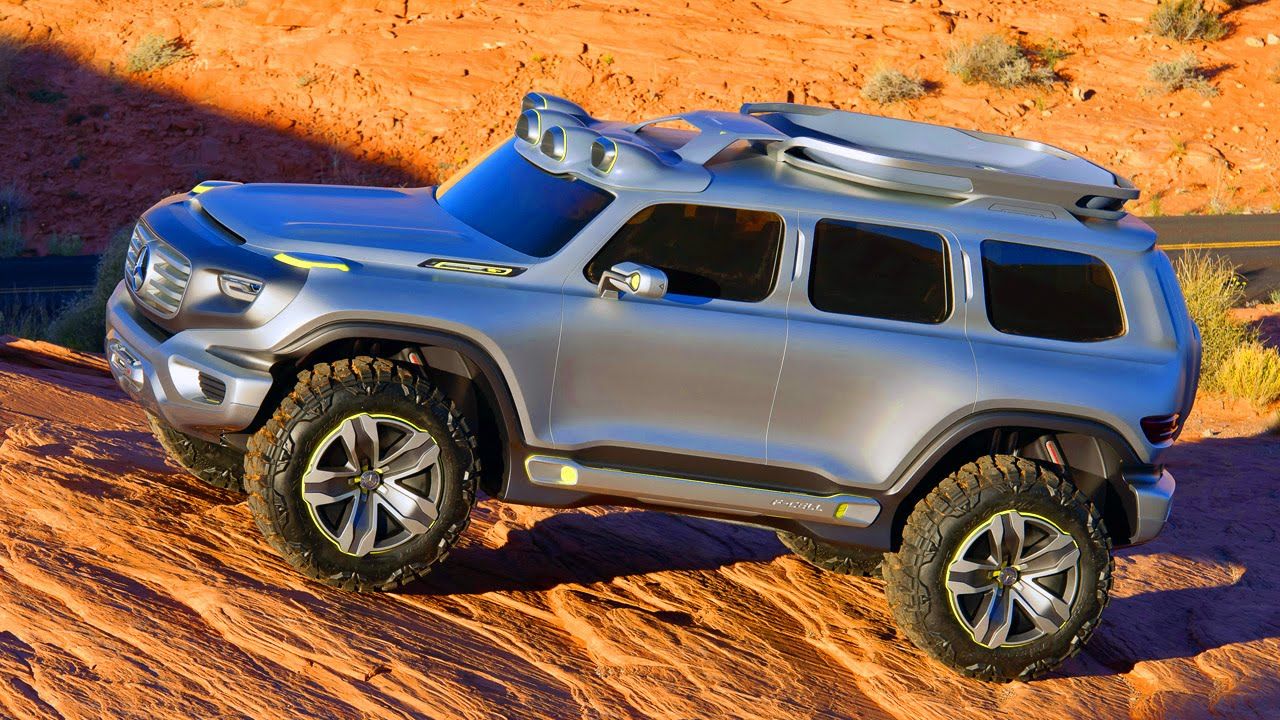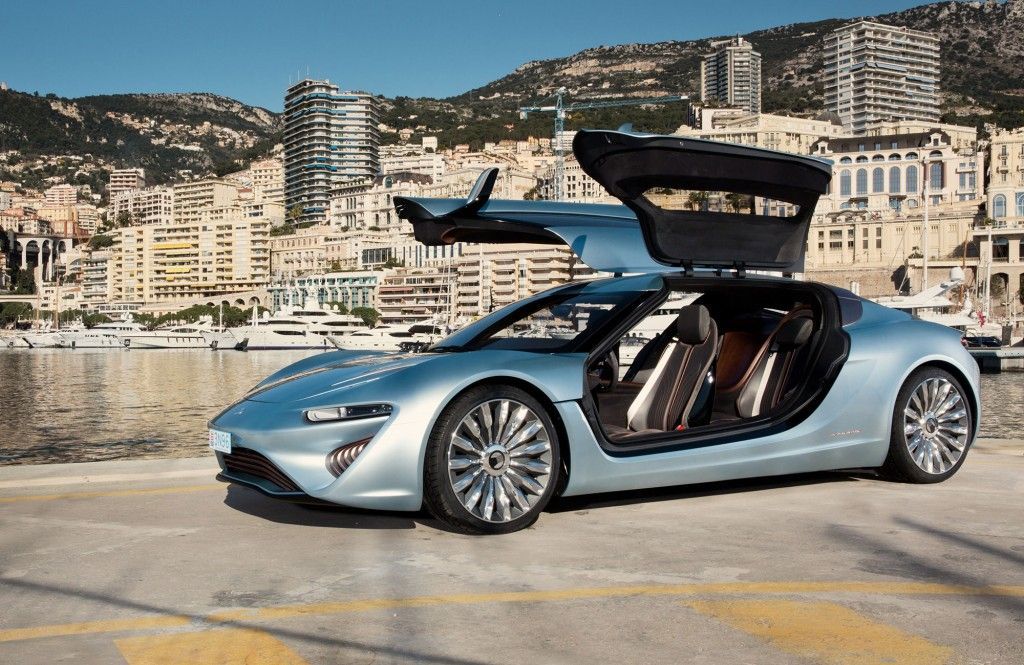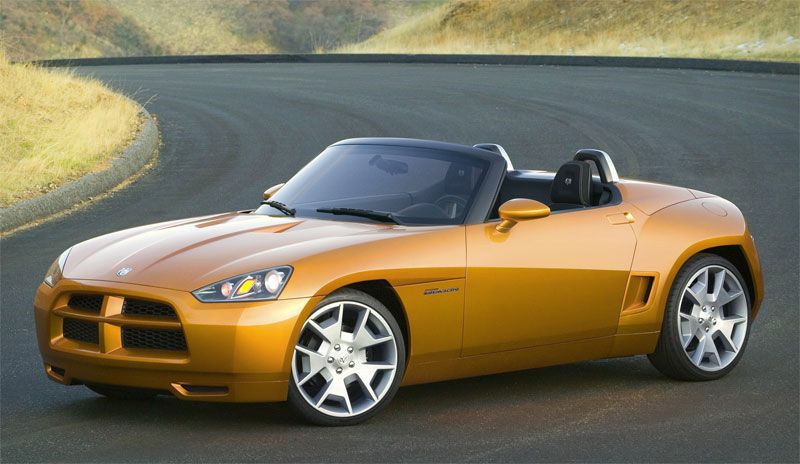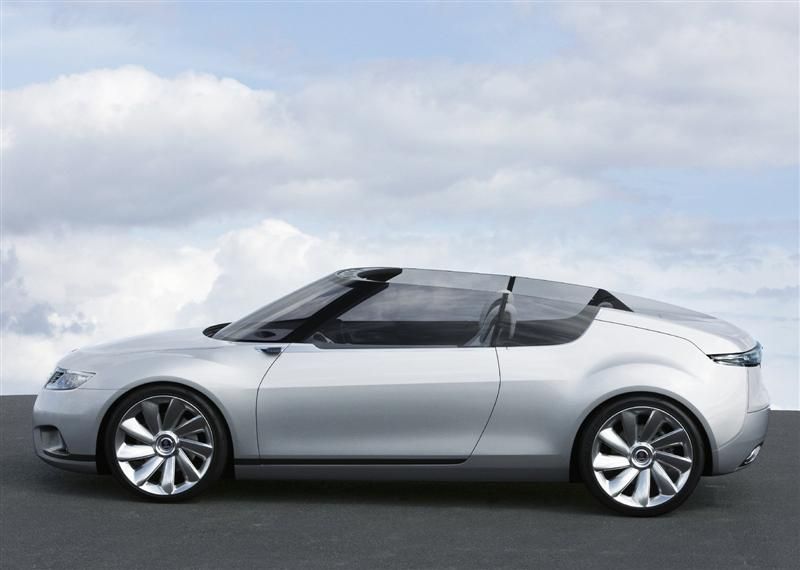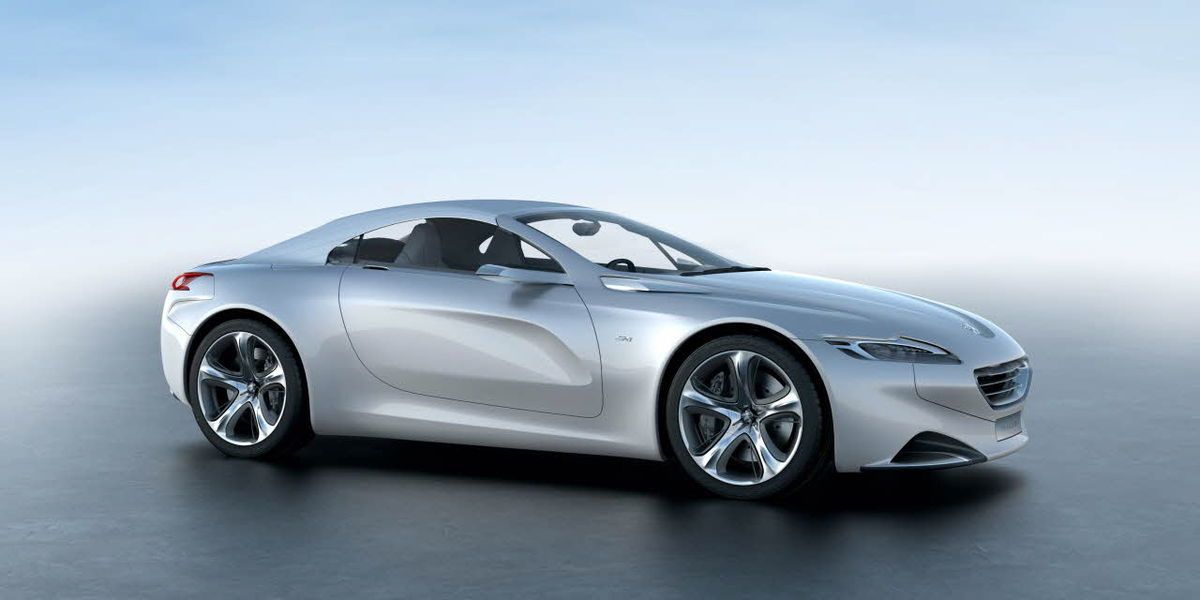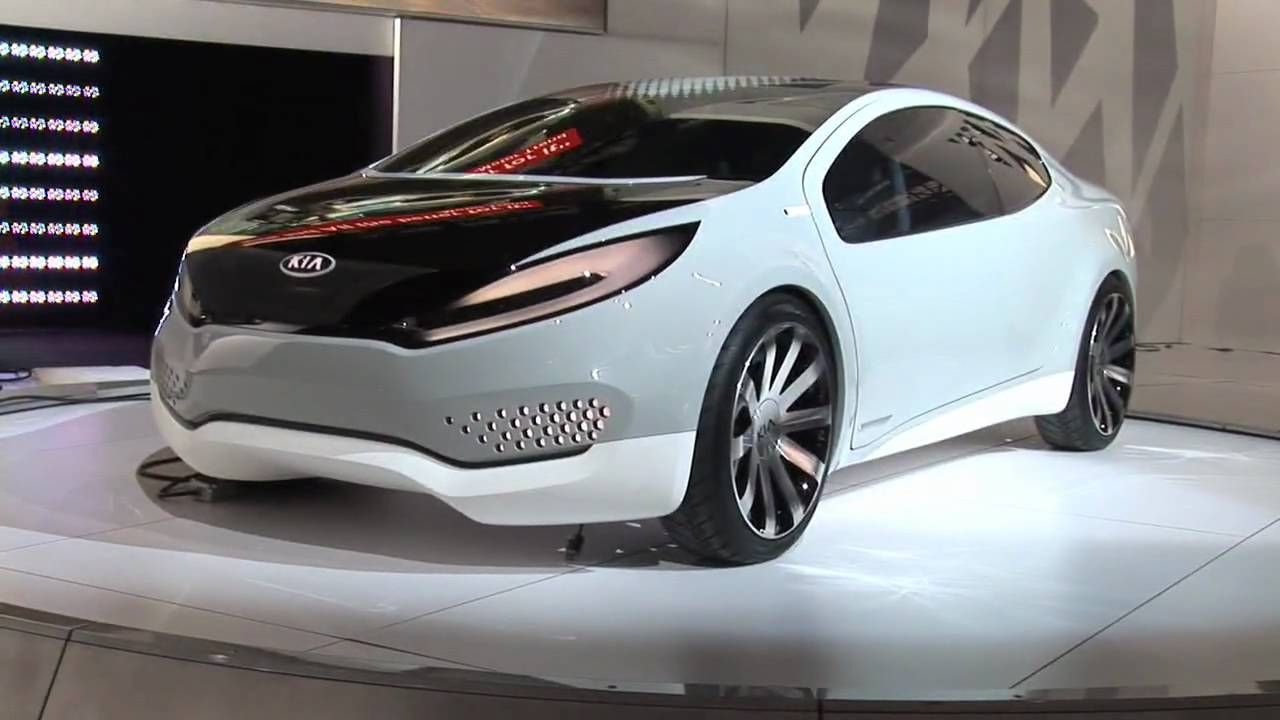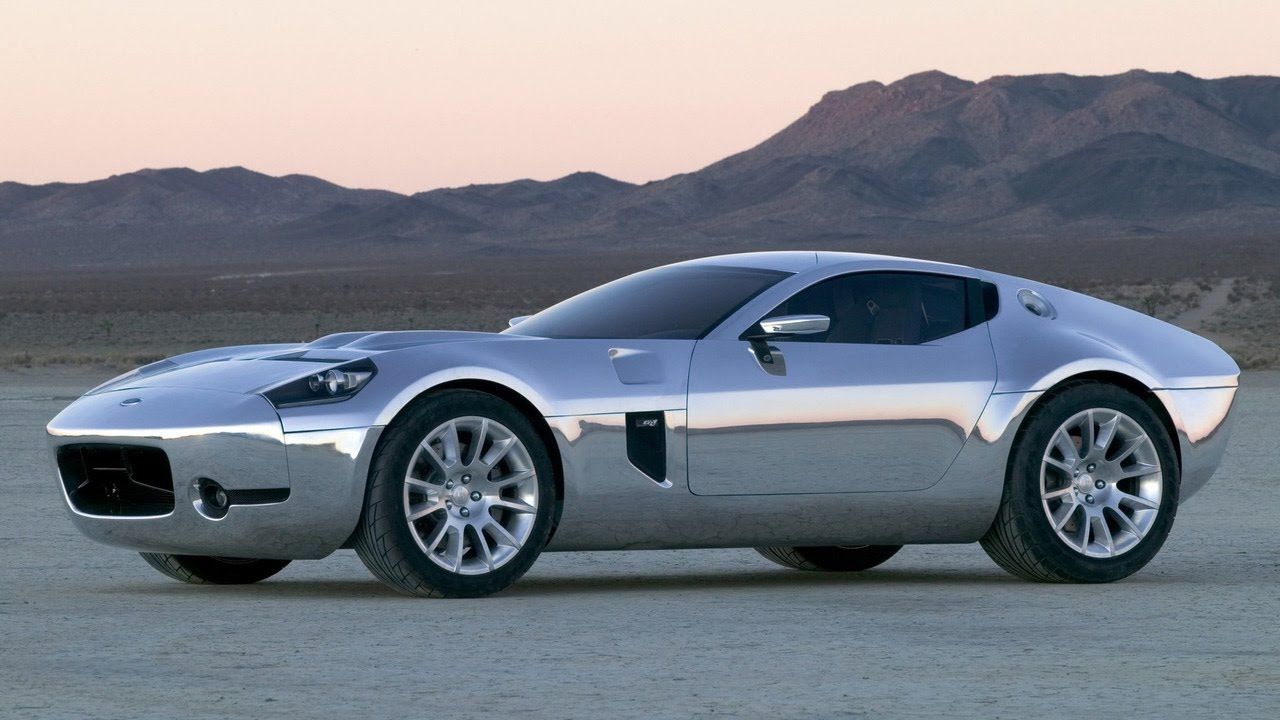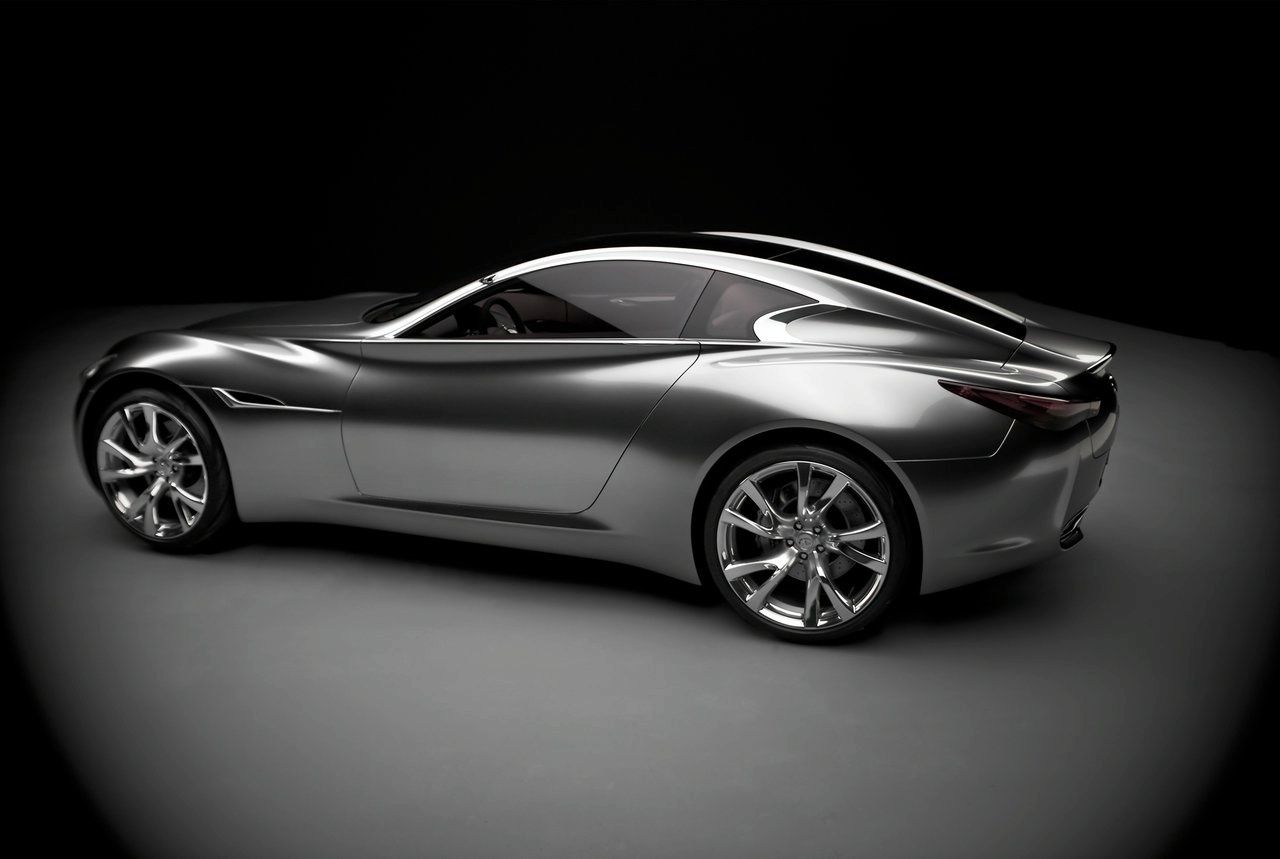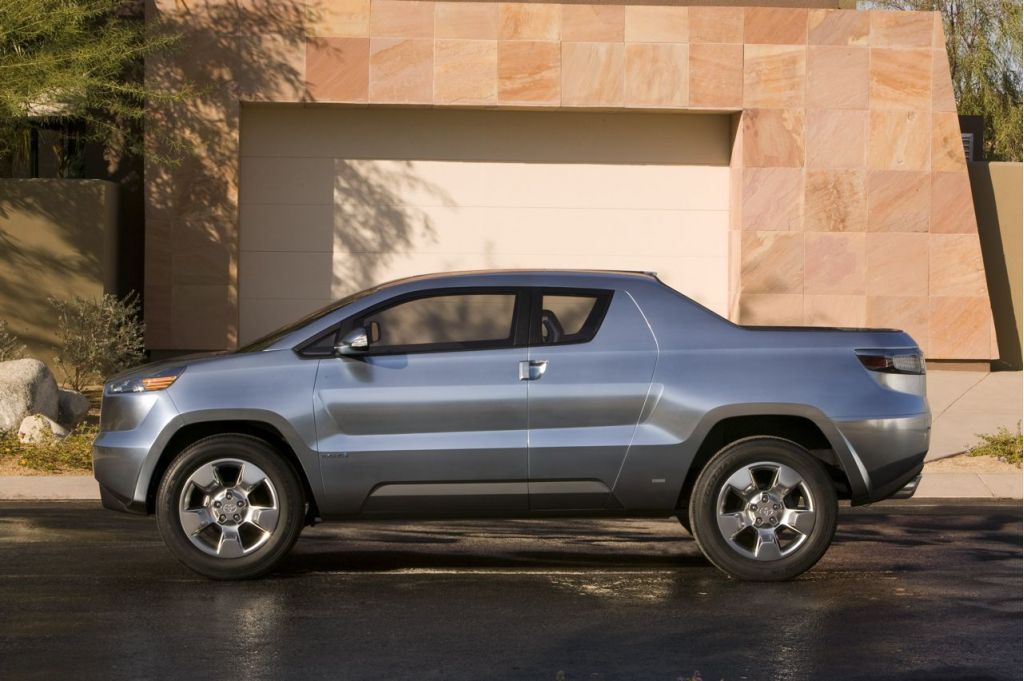Concept cars are on display at car shows held every year all over the U.S. and at international locations. Thousands of people regularly attend these events hoping to see all the latest vehicle designs from the world's top carmakers. But perhaps more intriguing to these throngs than the manufacturer’s next year model on display, are the concept cars most of which can never be purchased but demonstrate styles, features, and performance characteristic of future automobiles.
Also seen are ideas and renderings from individuals, whether they be students at design school or professional graphic artists. Many of the styling cues and rare technologies might seem ridiculous at the time, but these companies do have some hopes of potentially incorporating them in their lineups in the future.
An example is the introduction of the Tesla Model S as a concept car in 2009. Unveiled at a private event in Southern California, the electric car boasted an estimated 300-mile range, specs that seem ambitious, to say the least, especially coming from a startup company. Many believed the revolutionary electric car would never materialize.
However, in 2012, Tesla Motors delivered on all the performance promises and produced a “home run” for the company. The Model S with P85 D (dual motor) accelerates to 60 mph in 3.2 seconds and has a range of 295 miles. Those performance numbers were far ahead of every competitor at the time.
Here are 19 amazing concept cars from the last decade that never hit production but contributed to the future of automobile technology in some form or another.
19 2014 Hyundai PassoCorto
At the Geneva Motor Show in 2014, Hyundai released the PassoCorto concept (the name in Italian translates as “short wheelbase”). The stunning sports car was a compact 2-seater; the product of a design competition hosted in partnership with the Istituto Europeo di Design of Turin and Hyundai.
To reach its target weight of 1,852 pounds, the model uses a lightweight, carbon-fiber monocoque chassis. The vehicle is powered by Hyundai’s mid-mounted, 1.6-liter,4-cylinder, bi-turbocharged engine producing 270 hp driving the rear wheels. The interior is designed with two independent cockpits, each with their own integrated instruments and seats that are optically connected to the dashboard.
The color is orange, of course, reminiscent of the 1970s Italian sports car tradition.
18 2014 Mini Superleggera Vision Concept
At the Concorso d’Eleganza, Villa d’Este, Italy, in 2014, BMW introduced their concept car: the MINI Superleggera. The design was an exclusive interpretation of a convertible two-seater combining MINI’s authentic British styling and Touring Superleggera’s tradition of classic coachwork.
Anders Warming, Head of MINI Design said, "The MINI SuperleggeraTM Vision elegantly perpetuates what the Classic Mini started 55 years ago: reduction to the essentials. Its energetic, minimalistic design embodies the dynamic essence of an automobile. At the same time, it creates unique emotional beauty in combining the past and future of the automotive industry, i.e., traditional coachwork craftsmanship and modern design styling.”
The Mini Superleggera had a vision for the future, as it was powered by an electric motor, which gives the car distinctly modern driving dynamics.
17 2010 Jaguar C-X75
Many car enthusiasts recall the Jaguar XJ220 hypercar made in the 1990s that broke the record for the world’s fastest car, a record that was later beaten by the McLaren F.1.
The C-X75 (one concept car and five developmental prototypes were made) closely resembles Jag's legendary model. However, the X75 has significant differences.
The 96-hp micro gas turbines power a plug-in lithium-ion battery pack that drives four 195-hp electric motors, one at each wheel. The total output is 780 hp and 1,187 lb-ft of torque. The C-X75 accelerates to 60 mph in 3.4 seconds and has a top speed of 205-mph. Jaguar had planned to produce the C-X75 as a hybrid with a turbo-gasoline motor, but the global economic crisis killed the program.
16 Peugeot Egochine
A finalist in Peugeot’s own 2010 retrofuturism competition, the design was created by artist, Paolo Di Giusti. Theoretically, the three-wheeled car is powered by hydrogen fuel cells in the fuselage towards the front. The passenger capacity is only one: the driver sits in the very rear, making the vehicle even less practical than a motorcycle which can transport two people.
The designer claims to have drawn inspiration from the French Figoni-bodied cars, considered some of the most elegant and graceful automobile body shapes seen from the 1930s through to the 1950s. Some critics say that car looks more like a Gilette razor with an engine.
15 Rolls-Royce Vision Next 103 EX Concept
The introduction of the Rolls-Royce Vision Next 103 concept car does what all its predecessors have done when released: it marks this futuristic vehicle as a method to communicate conspicuous wealth.
A massive car that reminds the observer of a cruise ship on wheels, it is more than 20 feet in length and is just a two-seater with a sofa.
On the inside a steering wheel and instrument panel are absent. Rolls-Royce claims those things as "superfluous in this model." Instead, occupants of this luxury capsule view a cabin-wide transparent OLED display. Macassar wood, a carpet of "hand-twisted silk" and "further extraordinarily soft silk" on the upholstery, dominate the interior, providing the passengers all the accouterments of home (if you are incredibly rich and live in a lavish mansion).
The parent company, BMW, claims this one is realistic within 20 to 30 years.
14 Ferrari Eternita
The Ferrari World Design Contest is one of the most prestigious auto design competitions in the world. The 2011 competition challenged over 400 students from fifty design schools to design the Enzo of the future, a Ferrari “third-millennium-hyper car.”
The result was many outstanding designs from talented artists reflecting the goal of social changes and technical innovation without sacrificing the brand’s performance and iconic appearance.
The Ferrari Eternita, a concept car designed by students from Hongik University in Seoul, took home the gold.
Featuring an advanced electric drive and traditional gasoline mode, the Eternita is a 2-seater super Barchetta which has the traditional F1 design and light, layered carbon surfaces giving it hyper-efficiency. The designers proposed an innovative power-train consisting of a physical flywheel energy storage system, superconductive motor, and hydrogen generator.
13 Tata AirPod
The AirPod concept car was designed and built by Luxembourg-based Motor Development International (MDI) and then sold to the Indian company Tata. Rumors of production surface periodically, but no products have been released.
The vehicle uses the power of compressed air to propel it at a claimed top speed of 50 mph and a range of 124 miles. The AirPod seats three adults plus a small a child. Tata plans to sell the vehicle at a price of $10,000, well within reach of the average family. The low initial price and low cost of producing compressed air make it extremely attractive…if it works!
12 Lamborghini Estoque
Introduced at the 2008 Paris Motor Show, The Estoque (a type of sword traditionally used by Spanish matadors) is a unique front engine, four-door sedan, while most Lamborghini production cars are mid-engine, two-seater sports cars. The LM002 utility vehicle also had a front engine. Designed to be more practical than a traditional Lambo, the Estoque is equipped with a 5.2-litre V10 engine. However, some consideration had been given to replacing it with a V12, V8, a turbo-diesel, or even a hybrid. The four doors of the sedan make passenger entry and exit easier.
Lamborghini’s targeted price was $230,000. Seems reasonable! The car does have four doors after all.
11 Saleen S5S Raptor
According to Saleen, the S5S Raptor, introduced at the New York auto show in 2008, was “designed for the premium performance market.” A production version would compete with a Ferrari F430 in size and price.
Saleen estimated a sticker price of $185,000 which is much lower than the powerful and prodigiously expensive S7 and S7 Twin Turbo, at a base price of nearly $600,000.
The S5S powered by an all-aluminum, three-valve single-overhead-cam E85-burning 650-hp, 5.0L supercharged V-8 that also produces 630 lb-ft of torque. A six-speed paddle-shift sequential manual transmission drives 20-inch wheels. With aluminum construction and composite body panels to keep weight down, Saleen claims a top speed of more than 200 mph and a 0 to 60 mph acceleration in 3.2 seconds.
10 Bugatti Galibier
In 2009 Bugatti was evaluating the possible production of a fastback sedan as a replacement for the Veyron and an alternative to the Chiron. They built the luxurious fastback concept car, 16C Galibier, and revealed it at an exclusive show held at the assembly salon in Molsheim, France.
The Galibier was designed for a front-mounted, twin-turbocharged 8.0-L W16 engine (the Veyron engine) delivering power via permanent all-wheel drive. The production version, named the Royale, was initially planned to reach the market in 2014. However, in September 2013, Bugatti announced that the Galibier project had been pulled in favor of the Veyron's successor, the Chiron.
More recently, in May 2016, Bugatti CEO Wolfgang Dürheimer decided that the Galibier was being considered again at a price similar to the Chiron.
9 Mercedes-Benz Ener-G-Force
Built for the LA Motor Show’s annual “Design Challenge” in 2012, the Ener-G-Force addressed the design theme: "Highway Patrol Vehicle 2025." The project prompted engineers at the Mercedes-Benz Advanced Design Studio in Carlsbad, California, to create a full-scale civilian version.
Gordon Wagener, Director of Design at Mercedes-Benz Cars claimed, "The Ener-G-Force is the vision of an off-roader that, while reflecting tomorrow's adventures, also invokes the genes of the Mercedes-Benz off-road icon, the G-Class. Modern and cool, it could also be a clue about a new beginning for the off-road design idiom of Mercedes-Benz."
A close look reveals a machine very similar to the ED-209, RoboCop’s arch nemesis in the 1987 film.
8 Quant e-Sportlimousine
When a start-up called NanoFlowcell AG launched the e-Sportlimousine that used a saltwater-filled flow battery, at the Geneva Motor Show in March 2014, observers were intrigued. Introduced as a production car, the vehicle was never produced.
The Swiss company claimed it could accelerate from 0-60 mph in under 2.8 seconds with a top speed of 217mph. The all-electric had a range of 317 miles, far longer than any other current production or concept electric vehicle.
Quant proposed the car could be powered with a patented Flow Cell technology that used an electrical charge forcing two electrolytic solutions to pass through a membrane and generate power. An interesting idea, but with a few Physics issues.
Quant gave up on the powerplant and last year introduced the Quant F, the same car but with an electric motor and Lithium-Ion batteries that produces 1075bhp with a 500-mile range. However, the car has yet to be seen!
7 Dodge Demon
The Demon concept car should not be confused with the Dodge Challenger SRT Demon, a monster that houses a supercharged 6.2-liter V-8 cranking out 840 hp with the Demon Crate package and demolishes the quarter-mile in 9.65 seconds at 140 mph.
Instead, the two-seater concept car made its debut at the 2007 Geneva Motor show. It was ambitious, with a 172-hp four-cylinder, a six-speed manual gearbox, rear-drive, and a curb weight of 2600-lb.
Dodge intended the Demon to be an approachable and affordable alternative to the Viper, pricing it at $15,000. Demon designer Jae Chung said, "I wanted a simple, unified look that was aggressive and had some Viper DNA in it. I guess you could call the Demon a little brother to the Viper."
6 Saab 9-X Air BioHybrid
Debuting at the Paris Motor Show in 2008, the Saab 9-X demonstrated a new Speedster-like "Canopy Top" significantly different from traditional Saab convertibles. To provide better crash protection than ordinary convertibles, the rear deck maintains a certain height and the top stacks neatly beneath that rear pillar line.
The BioHybrid concept uses the powertrain of the 9-X concept car introduced in 2007, a direct-injected 1.4-liter ethanol-capable, turbocharged engine that produces 200 hp. The connected hybrid system boosts power by 19 hp.
The 9-X has keyless entry and uses small cameras in lieu of rear-view mirrors. On the hardtop version, a solar panel, like in the Saab EV-1, charges the battery, both when driving and when parked. A front mounted camera detects obstacles.
5 Peugeot SR1
The SR1 concept introduced at the 2010 Geneva show demonstrates a unique elegance created by its long hood, flowing fenders, and sculpted door panels, which seamlessly blend into the rear fenders.
However, the body is even more technically advanced than it is attractive. Constructed atop a tubular chassis, the SR1 body is (except the doors, retractable roof, and hood) just one plastic piece. Peugeot says the construction reduces weight, provides a stiff structure, and could be recyclable, depending on the polymer used.
The powertrain is a 1.6-liter turbodiesel and electric motor driving the rear wheels. The Peugeot SR1 is green enough to meet current government standards and could be a production car without making many modifications.
4 Kia Ray Concept Car
The green-themed Kia Ray's exterior is built with an extremely slippery material to reduce drag and is covered in a nano-laminate film to reduce inside temperatures.
The stylish, aerodynamic Ray Plug-in Hybrid Concept is equipped with an electric motor that goes 50 miles on a single charge before the 1.4-liter engine carries it the rest of the way.
Drive-by-wire steering, touch-screen controls, a lithium-polymer battery, and cool-glazing solar glass make the Kia Ray an innovative four-seat compact sedan efficient and striking in appearance.
In addition to the lightweight and the use of recycled materials, solar cells that power extra lighting and climate control systems are embedded in the roof. The Nano-laminate film and cool-glazing materials reduce the solar heat, and when the vehicle is parked, the solar panels provide energy to a cooling fan that reduces the interior’s temperature.
3 Ford Shelby Cobra GR1
Debuting at the North American International Auto Show in 2008, the Shelby Cobra GR1 concept car followed a lackluster roadster introduced in 2004. Borrowing some parts from the earlier model including its suspension, Ford fitted the car with a 605-hp V10 that could accelerate from 0 to 60 mph in under four seconds.
Not only was the performance spectacular, but the aluminum-bodied sports coupe was drop-dead gorgeous. The polished aluminum body panels bend light along every curve and crease, and the observer can’t help but gaze in amazement. Even when parked the GR1 looks fast. It is the quintessential combination of beauty and performance.
2 Infiniti Essence
The Essence is one of several concept cars that demonstrates Infiniti’s objective to become a major player in a performance market heavily dominated by its German rivals. The recently revealed Q50 Eau Rouge is further evidence that the Japanese automaker has plans to compete against the Mercedes, Porsches, and BMWs of the world.
The Essence sports car debuted at the Geneva Motor Show in 2010 to commemorate the 20th anniversary of the Infiniti brand. The hybrid electric vehicle is among the first energy-efficient cars made by Infiniti.
A V6 engine is mated to an electric motor that produces nearly 600 hp. Louis Vuitton designed the leather interior and luggage. Externally the car is a modern interpretation of "coke bottle styling," popular during the 1960s and 1970s.
The Infiniti Essence is a perfect combination of elegance, sophistication, and power.
1 2008 Toyota A-BAT Concept
Fuel efficiency has come to a stand-still over the past three decades. Car and Driver states, “According to a study of automotive fuel economy and technology recently released by the EPA, the fuel economy of cars and trucks jumped from 13.1 mpg in 1975 to 21.1 mpg by 1982… trucks sold in subsequent years fluctuated between 20.5 and 22.1 mpg.”
Toyota believes that additional fuel efficiency can be achieved with a small, capable, fuel-efficient pickup.
In 2018 the company created the A-BAT concept truck. An overall length of just over 180 inches, it measured a foot shorter than a typical midsize sedan. The lightweight, compact truck used the Toyota hybrid drive system for fuel efficiency.
Sources: popularmechanics.com, complex.com, carbuzz.com, caranddriver.com, roadandtrack.com

